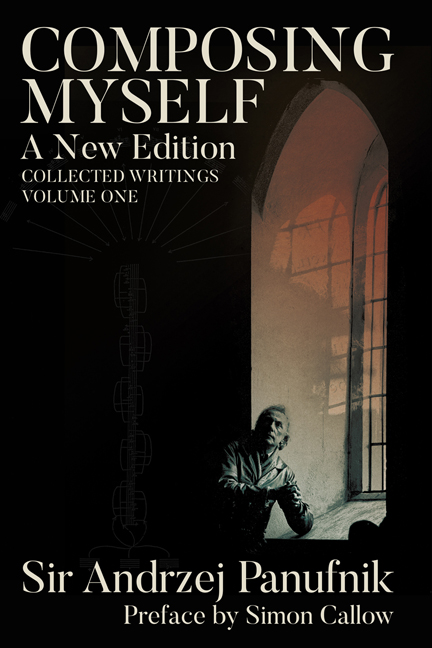24 - New Home, New Family, New Music
Published online by Cambridge University Press: 09 January 2024
Summary
Our honeymoon was hasty, not for lack of romance, but because we were both longing to start our new life in our new home. It mattered not a jot to us that we would be camping for months in a tiny, damp cottage in the grounds, while Camilla struggled with roof-repairers, builders and acres of sticky wallpaper.
Her first priority was the conversion of the old stable and carriage house at the end of the garden into a warm, pine-panelled studio for my use. Meanwhile, as I had an urgent commission for a choral piece, I was able to work just along the river in St Mary’s, a beautiful small eighteenth-century parish church with an eleventh-century tower, the burial place of the great poet, Alexander Pope. (Our corner of Twickenham was potent with its history of interesting inhabitants.)
Though only twenty minutes by car from central London, our surroundings were almost rural, with trees and greenery running down to the River Thames. When the moon was full and the tides high, the river would rise above its borders and fill the little lane past our house, surging up our drive, often preventing us from leaving. (Sometimes it made us embarrassingly late for crucial appointments; we could only give the unlikely-sounding excuse that we had been cut off by the tide in Twickenham.) Gratifying my lifelong passion for trees, I now had as my companions in my own garden towering ancient chestnuts, a gigantic plane, and, on our river frontage, three whispering willows, which acknowledged the coming of spring before any other plant: in early March they turned golden, soon to become daubed, like an Impressionist painting, with tiny specks of exquisite pale green as the myriad leaves budded along the delicate wind-swung umbrella-like branches.
Every day I would walk a mile or so along the towpath to Richmond with our yellow Labrador puppy, past Orleans House, the home of Louis- Philippe of France when in exile, with its extraordinary Gibbs Octagon Room; past the magnificent Palladian Marble Hill House, the residence of King George II's mistress, the Countess of Suffolk, stopping often to admire an ancient rare black walnut tree, planted in her grounds in the early eighteenth century; past ducks, swans, more willows, more boats, following the river's curve to Richmond Bridge, and, if I cared to walk further, to Kew Gardens.
- Type
- Chapter
- Information
- Composing Myselfand Other Texts, pp. 340 - 359Publisher: Boydell & BrewerPrint publication year: 2023

